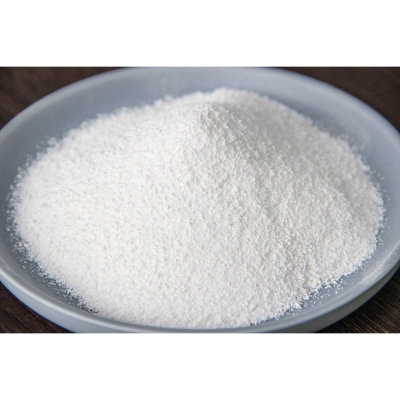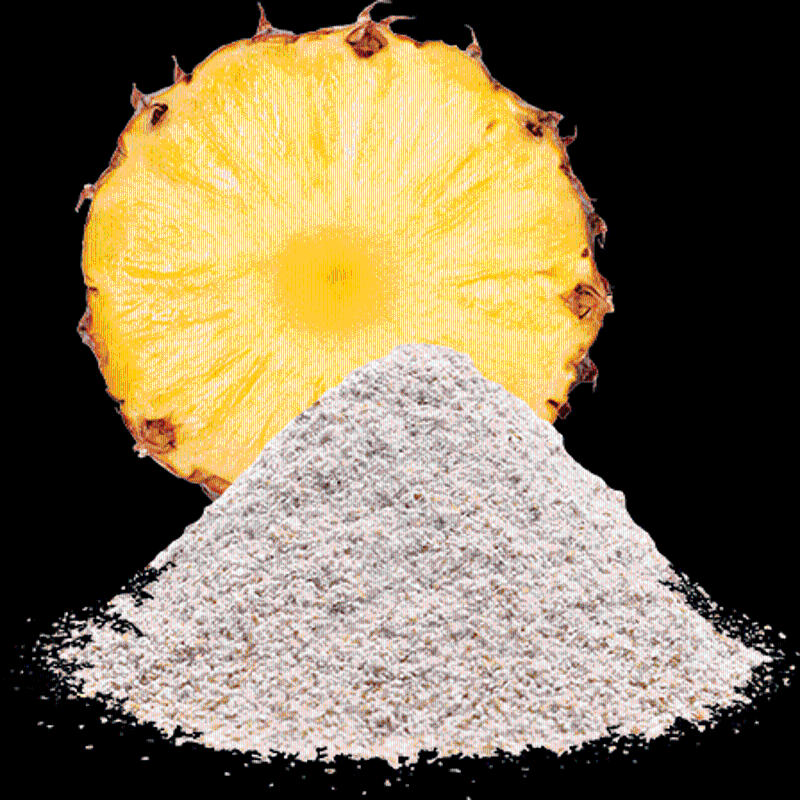-
Categories
-
Pharmaceutical Intermediates
-
Active Pharmaceutical Ingredients
-
Food Additives
- Industrial Coatings
- Agrochemicals
- Dyes and Pigments
- Surfactant
- Flavors and Fragrances
- Chemical Reagents
- Catalyst and Auxiliary
- Natural Products
- Inorganic Chemistry
-
Organic Chemistry
-
Biochemical Engineering
- Analytical Chemistry
-
Cosmetic Ingredient
- Water Treatment Chemical
-
Pharmaceutical Intermediates
Promotion
ECHEMI Mall
Wholesale
Weekly Price
Exhibition
News
-
Trade Service
The ocean covers about 71% of the earth's surface, and 80% of the species on earth live in the ocean, including more than 500,000 species of animals and more than 13,000 species of plants
marine animal resources
Different growth environments determine that the main active substances of marine organisms and terrestrial organisms are different: biological proteins such as fish, shellfish, shrimp, and crabs in the ocean are rich in 9 kinds of amino acids necessary for the human body, and have higher nutritional value than terrestrial animals.
The data shows that as of March 2021, 17,774 domestic health foods and 854 imported health foods have been approved, of which 1,847 are marine aquatic health products, accounting for 9.
marine plant resources
In 1836, Harvey divided algae into brown algae, red algae, green algae, and diatoms based on the color of the algae; in modern times, algae are divided into 12 phyla, of which nearly 100 are edible: cyanobacteria such as spirulina, etc.
marine microbial resources
The marine regional environment is complex and changeable.
Marine microbial resource products can be divided into three categories: marine drugs, enzymes and new resource foods
(Source: Zhiti Bridge)
"China Food News" (November 08, 2021 06 edition)
(Editor in charge: Huang Guangshun)







